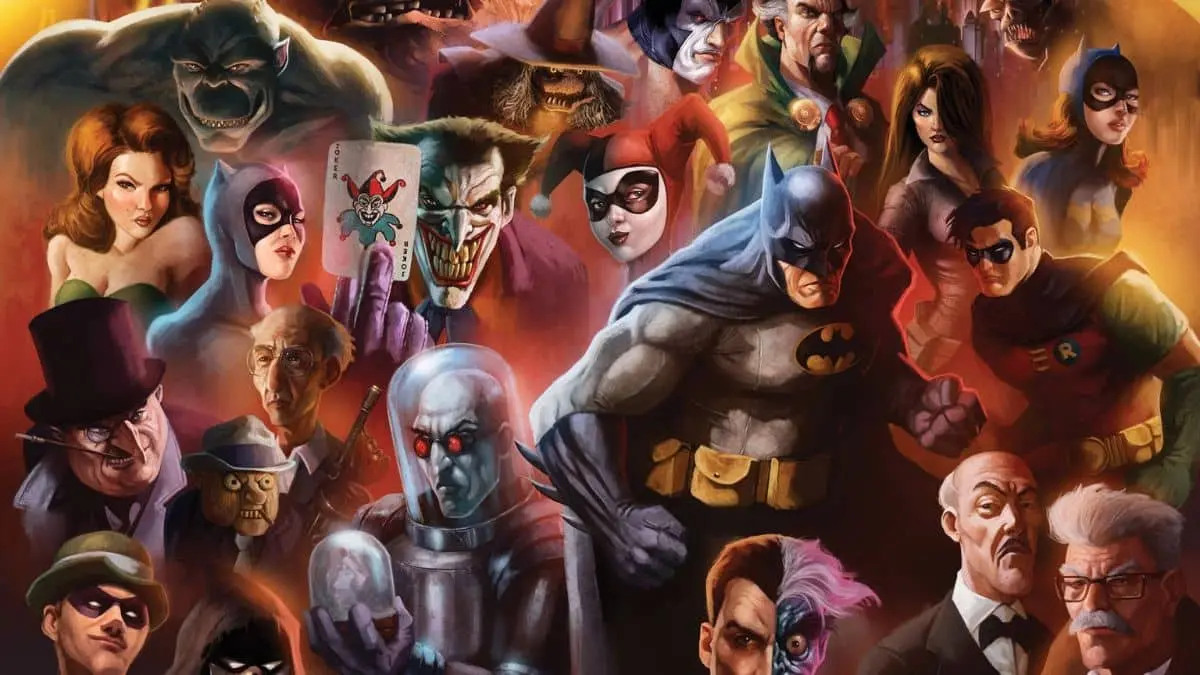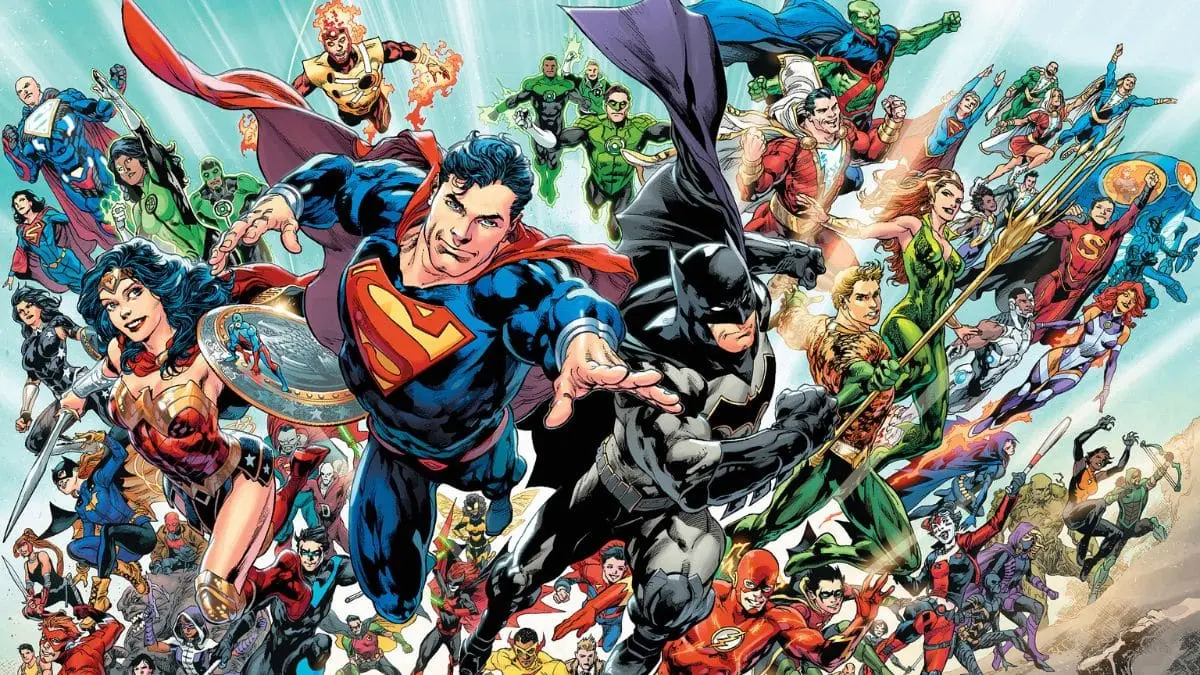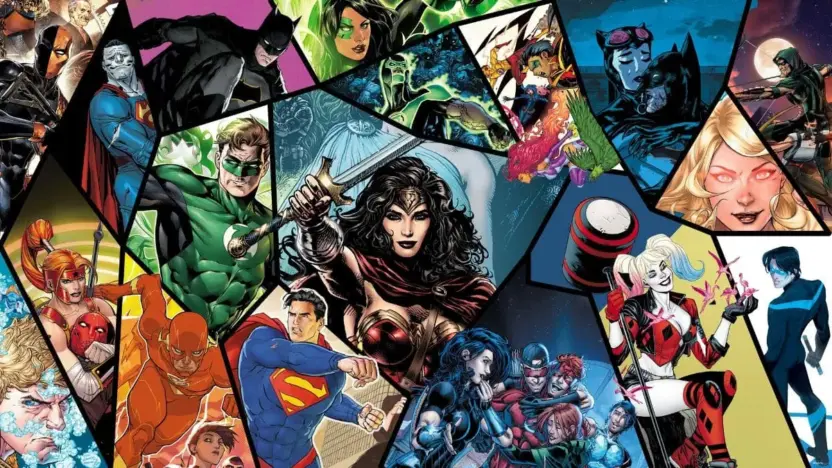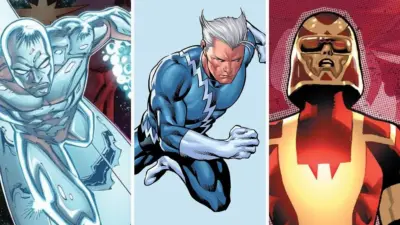DC Comics stands as one of the most iconic comic book publishers in the world, known for introducing timeless heroes like Superman, Batman, and Wonder Woman. But where did this legendary company—the backbone of countless stories and superhero universes—begin? Let’s delve into the history of DC Comics, exploring its origins, The person who started it, and early evolution.
The Birth of DC Comics: A Glimpse Into Its Origins
DC Comics officially began in 1934 under the name National Allied Publications. It was founded by Malcolm Wheeler-Nicholson, a writer, entrepreneur, and pioneer in the pulp magazine and comic book industries. Wheeler-Nicholson, often considered the father of the modern comic book, envisioned a new medium that combined the narrative depth of pulp magazines with the visual storytelling of comic strips.
Before DC Comics, comic books largely consisted of reprints of newspaper strips. Wheeler-Nicholson’s revolutionary idea was to publish original content specifically for comic books. This vision came to life with the publication of the first issue of New Fun: The Big Comic Magazine in February 1935, marking the birth of National Allied Publications and, indirectly, the start of DC Comics.

The Early Struggles and Partnerships
Malcolm Wheeler-Nicholson’s innovative ideas weren’t without challenges. Despite producing groundbreaking comics, National Allied Publications faced significant financial difficulties. The company struggled to maintain consistent production due to high printing costs and limited revenue streams.
To keep his business afloat, Wheeler-Nicholson entered into a partnership with Harry Donenfeld and Jack Liebowitz, two businessmen who ran a printing company and had experience in magazine publishing. Donenfeld was a savvy marketer with connections in distribution, while Liebowitz managed the financial side. Together, they formed Detective Comics, Inc., the entity that would eventually give DC Comics its name.
The Creation of Detective Comics: A Turning Point
In 1937, the company published the first issue of Detective Comics, an anthology series that leaned heavily on crime and detective stories. This series became a turning point for the company, as it introduced a format that resonated with readers. The success of Detective Comics laid the groundwork for the company’s future growth.
It was during this time that Wheeler-Nicholson’s financial woes reached a critical point. In 1938, he was forced to leave the company due to mounting debts, leaving Donenfeld and Liebowitz in full control. They renamed the company National Comics Publications, though the name “Detective Comics” would continue to influence its branding.
Superman: The Birth of a Superhero Era
The defining moment for DC Comics came in 1938 with the publication of Action Comics #1. This issue introduced the world to Superman, the first true superhero and a cultural phenomenon created by writer Jerry Siegel and artist Joe Shuster. Superman’s incredible powers, strong moral compass, and dual identity as Clark Kent captured the imagination of readers everywhere, cementing his place in popular culture.
Action Comics #1 was a runaway success, and Superman’s popularity propelled the company to new heights. The superhero genre was born, and National Comics Publications—now unofficially referred to as DC Comics—became a leading force in the industry.
The Origin of the DC Name
The name “DC Comics” stems from the success of Detective Comics. By the 1940s, the company’s publications prominently featured the “DC” logo on their covers, derived from the initials of Detective Comics. While the company operated under various corporate names like National Comics and National Periodical Publications, readers and fans increasingly referred to it as DC Comics. The name was officially adopted in 1977.
The Founding Figures: Malcolm Wheeler-Nicholson, Harry Donenfeld, and Jack Liebowitz
To understand who started DC Comics, it’s essential to recognize the contributions of its key founding figures:
- Malcolm Wheeler-Nicholson: The visionary who founded National Allied Publications and introduced original content to comic books. His entrepreneurial spirit set the stage for the medium’s evolution.
- Harry Donenfeld: A shrewd businessman who helped stabilize the company’s finances and expanded its distribution network. Donenfeld played a pivotal role in popularizing the brand.
- Jack Liebowitz: The financial mastermind who ensured the company’s long-term viability. Liebowitz’s business acumen allowed DC Comics to navigate challenging times and emerge as a dominant player in the industry.
Together, these three individuals laid the foundation for what would become one of the most influential comic book publishers in history.
The Golden Age of Comics
Following the success of Superman, DC Comics introduced a series of iconic characters that defined the Golden Age of Comics. In 1939, Detective Comics #27 debuted Batman, a dark and brooding vigilante created by Bob Kane and Bill Finger. In 1941, William Moulton Marston introduced Wonder Woman, a powerful Amazonian warrior who became a symbol of female empowerment.
The company’s roster of superheroes expanded rapidly, including iconic figures like The Flash, Green Lantern, and Aquaman. These characters formed the backbone of DC’s universe, establishing a shared world where heroes could interact and collaborate.

DC Comics Today: A Legacy That Endures
From its humble beginnings as National Allied Publications to its transformation into a global entertainment powerhouse, DC Comics has remained at the forefront of storytelling for nearly a century. Its founders, Malcolm Wheeler-Nicholson, Harry Donenfeld, and Jack Liebowitz, each played a crucial role in shaping the company’s identity and legacy.
Today, DC Comics continues to thrive, producing blockbuster movies, acclaimed television series, and beloved comic books that captivate fans worldwide. Its heroes have become cultural icons, inspiring generations and redefining what it means to be a hero.
Also Read: When Did Marvel Comics Begin and Who Started It?



